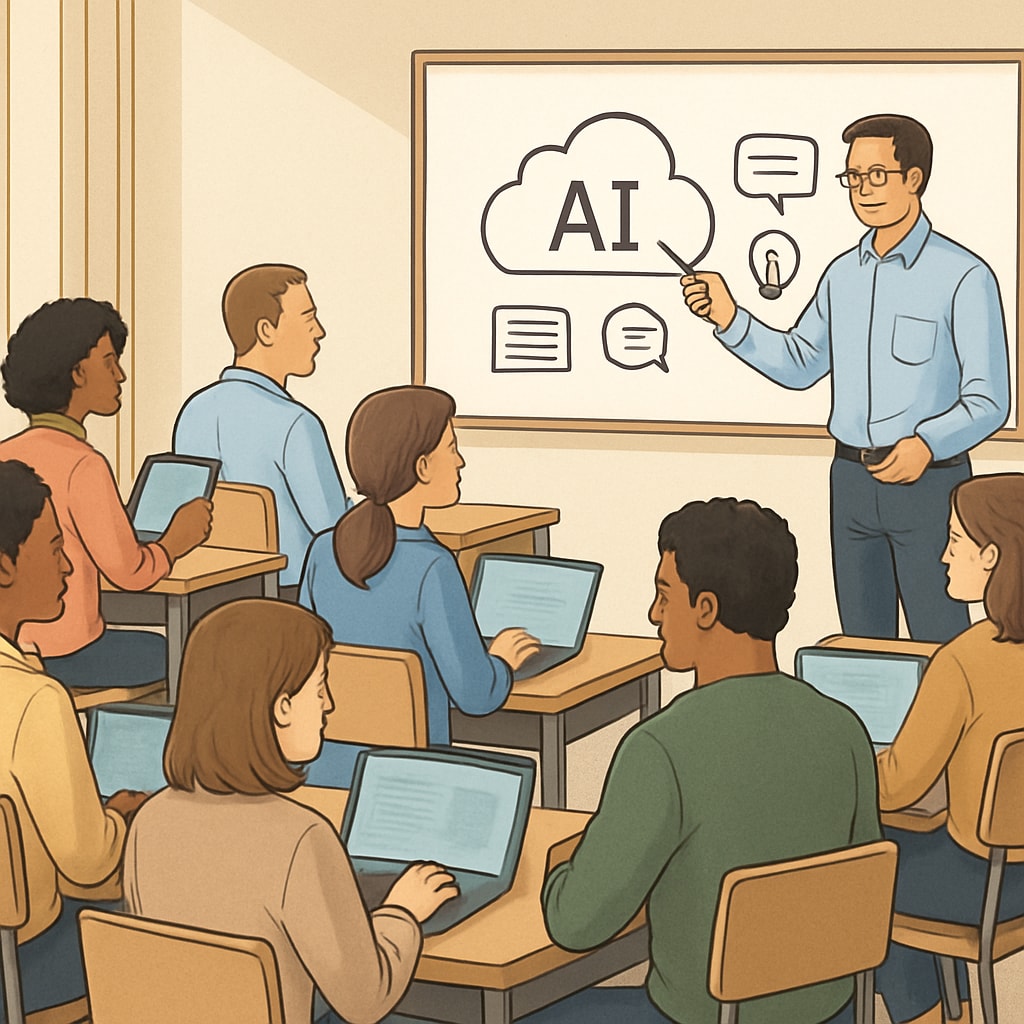Nearly 40% of K12 teachers’ time is consumed by administrative tasks, leaving limited bandwidth for actual teaching. Artificial intelligence (AI) presents an opportunity to reduce this workload, allowing educators to focus more on their core responsibility—educating students. This article examines the feasibility of AI to streamline administrative tasks, the challenges it may face, and its potential implications for the future of education.
How AI Can Address Administrative Tasks in Education
AI has already demonstrated its ability to automate repetitive tasks in various industries, and education is no exception. For example, AI-powered tools can assist with grading assignments, tracking attendance, and scheduling parent-teacher conferences. These systems minimize errors and save time by handling large volumes of data efficiently.
Moreover, AI-driven platforms can provide detailed analytics on student performance, helping teachers identify areas where students need more support. Automating these processes not only reduces manual work but also delivers actionable insights that can enhance teaching strategies.

Challenges and Limitations of AI in Reducing Teacher Workload
Despite its potential, AI is not without limitations. One major concern is the initial cost of implementing AI solutions in schools. Budget constraints, particularly in public schools, can hinder adoption. Additionally, AI systems require regular updates and maintenance, which may add to operational expenses.
Another challenge is the need for proper training. Teachers must understand how to use AI tools effectively, which could demand additional time and resources. Furthermore, there is a risk of over-reliance on AI, which might lead to a lack of human oversight—crucial in educational environments where decisions impact students’ futures.
Lastly, privacy and data security remain critical issues. Schools must ensure that AI systems comply with regulations like GDPR or FERPA to protect sensitive student information.

Impact of AI on the Future of Education
If implemented effectively, AI could revolutionize the educational landscape. By reducing administrative burdens, teachers can dedicate more time to personalized instruction, fostering stronger student-teacher relationships. This shift aligns with the growing emphasis on student-centered learning approaches.
Additionally, AI may pave the way for more inclusive education. For instance, AI-supported tools can cater to students with special needs by offering tailored resources and adaptive learning environments. On a broader scale, such technologies could help address teacher shortages by enabling schools to operate more efficiently.
However, integrating AI into education also raises questions about the evolving role of teachers. While AI can assist with administrative tasks, it cannot replace the emotional connection and mentorship educators provide. Balancing technological assistance with human engagement will be key to achieving a harmonious future in education.
Readability guidance: Use short paragraphs to enhance readability. Incorporate lists to summarize key points and maintain a balance between technical language and accessible explanations.


